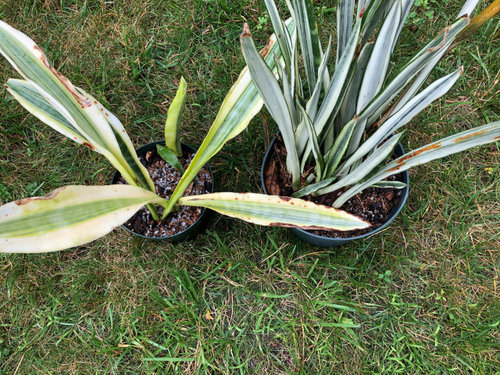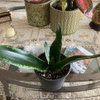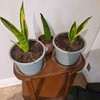Rust on Sansevieria?
Rockdale (RI Z6)
9 months ago
Featured Answer
Sort by:Oldest
Comments (9)
iochroma
9 months agorhizo_1 (North AL) zone 7
9 months agoRelated Professionals
Deerfield Beach Landscape Contractors · Framingham Landscape Contractors · Newberg Landscape Contractors · Oakland Landscape Contractors · Sun City Center Landscape Contractors · Damascus Window Contractors · Hurricane Landscape Contractors · Crowley Landscape Contractors · Cedar Hill General Contractors · Overlea General Contractors · West Whittier-Los Nietos General Contractors · Tacoma Carpenters · Del Aire Landscape Contractors · Melrose Landscape Contractors · Nutley Landscape ContractorsRockdale (RI Z6)
9 months agotapla (mid-Michigan, USDA z5b-6a)
9 months agoRockdale (RI Z6) thanked tapla (mid-Michigan, USDA z5b-6a)Rockdale (RI Z6)
9 months agoRockdale (RI Z6)
7 months agoTiffany, purpleinopp Z8b Opp, AL
7 months ago
Related Stories

HOUSEPLANTSMother-in-Law's Tongue: Surprisingly Easy to Please
This low-maintenance, high-impact houseplant fits in with any design and can clear the air, too
Full Story









Stush2049 Pitts. PA, zone 6